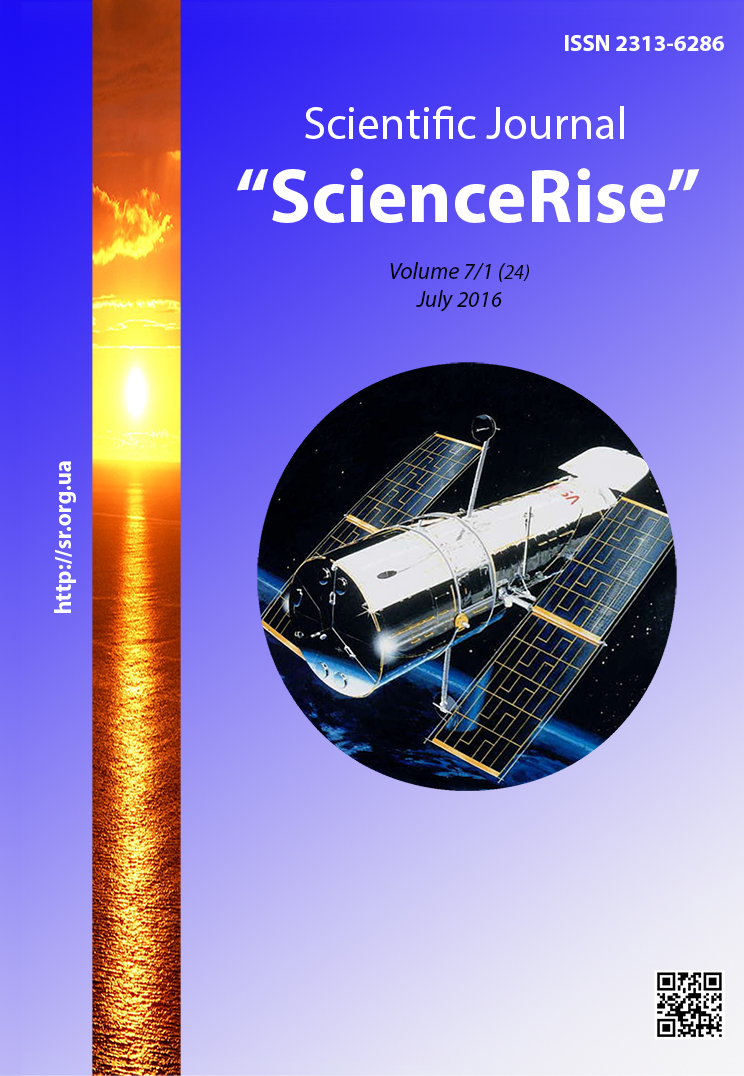Використання методу ідеальної точки для розв’язування двокритеріальної задачі планування виробництва
DOI:
https://doi.org/10.15587/2313-8416.2016.74350Ключові слова:
метод ідеальної точки, двокритеріальна задача, скаляризована задача, метод множників ЛагранжаАнотація
На практиці часто зустрічаються задачі, в яких треба одночасно оптимізувати декілька критеріїв. Це задачі багатокритеріальної оптимізації. Ми застосовуємо методу ідеальної точки для розв’язання двокритеріальної задачі планування виробництва. Розв’язок задачі складається з двох кроків, де за допомогою симплексного методу знаходимо ідеальну точку, а для розв’язування скаляризованої задачі, використовуємо метод множників Лагранжа
Посилання
Voloshyn, O. F., Mashchenko, S. D. (2010). Models and methods of decision-making. Kyiv, 336.
Larichev, O. I. (2000). Theory and Methods of decision-making. Moscow.
Tsehelyk, H. H. (2016). Models and methods of decision-making support under the circumstances of certainty. Lviv.
Tsehelyk, H. H. (2011). Mathematical Programming. Lviv: Ivan Franko National University, 337.
Bartish, M. Y. (2006). Methods of Optimization. Theory and Algorithms. Lviv: Ivan Franko National University, 225.
Bartsekas, D. (1987). Conditional Optimization and Lagrange Methods of Multipliers. Moscow, 400.
Kigelia, V. R. (2003). Mathematical methods of market economy. Kyiv: Condor, 158.
Dobulyak, L. P., Tsehelyk, G. (2012). Using multi-optimization models in the management of small businesses. Bulletin LSAF. Economic science, 22, 269–275.
Kochovych, E. (1994). Financial mathematics: Theory and practice fіnansovo-bank settlements. Мoscow: Finance and Statistics, 271.
Samarki, A. L., Mikhailov, F. P. (1997). Mathematical modeling. Moscow: Science.
##submission.downloads##
Опубліковано
Номер
Розділ
Ліцензія
Авторське право (c) 2016 Mariia Marko

Ця робота ліцензується відповідно до Creative Commons Attribution 4.0 International License.
Наше видання використовує положення про авторські права Creative Commons CC BY для журналів відкритого доступу.
Автори, які публікуються у цьому журналі, погоджуються з наступними умовами:
1. Автори залишають за собою право на авторство своєї роботи та передають журналу право першої публікації цієї роботи на умовах ліцензії Creative Commons CC BY, котра дозволяє іншим особам вільно розповсюджувати опубліковану роботу з обов'язковим посиланням на авторів оригінальної роботи та першу публікацію роботи у цьому журналі.
2. Автори мають право укладати самостійні додаткові угоди щодо неексклюзивного розповсюдження роботи у тому вигляді, в якому вона була опублікована цим журналом (наприклад, розміщувати роботу в електронному сховищі установи або публікувати у складі монографії), за умови збереження посилання на першу публікацію роботи у цьому журналі.

